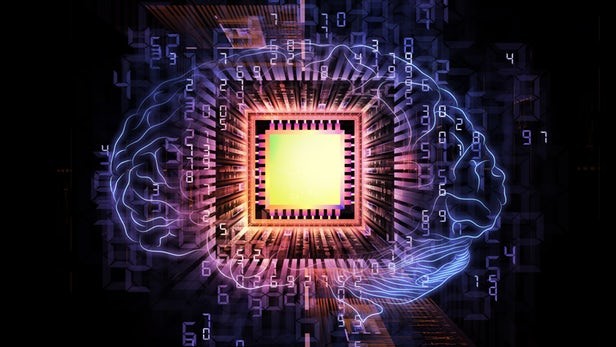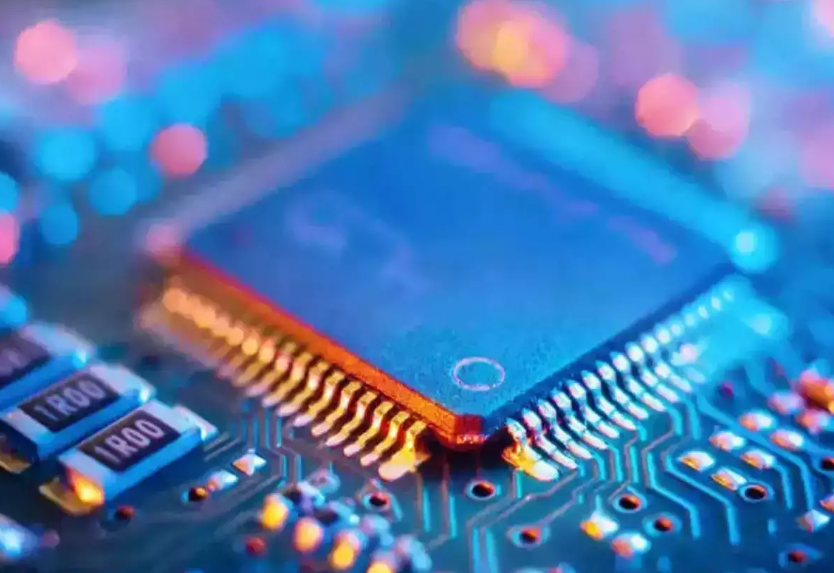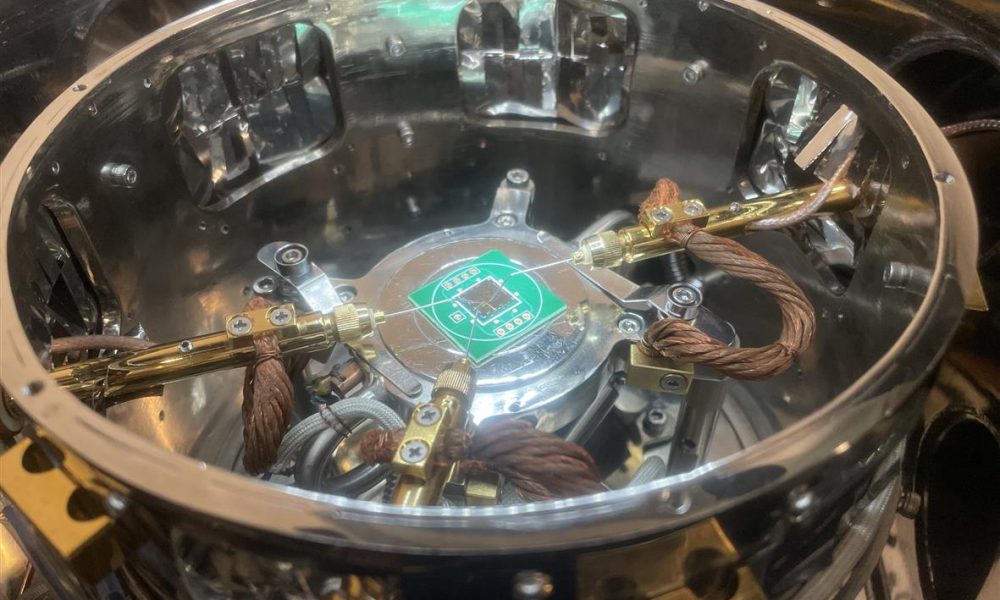The use of protons will fuel the next generation of memory chips and neuromorphic processors.
The discovery of a proton-mediated mechanism that generates multiple phase transitions in ferroelectric materials could pave the way for high-performance, low-power memory devices and neuromorphic computing processors, according to researchers at the King Abdulaziz University for Science and Technology (KAUST).
An international team of researchers led by KAUST has found that a proton-mediated technique that induces multiple phase transitions in ferroelectric materials could open the way for the development of high-performance memory devices, such as brain-inspired, neuromorphic computing circuits.
Indium selenide is an example of a ferroelectric material, meaning it is intrinsically polarized and can undergo polarization reversal when placed in an electric field. Because of this quality, they are a promising candidate for advancements in memory technology. The resultant memories have fast writing rates and low power consumption, making them ideal for use in electronic devices. However, they are limited in what they can store.
Xin He, co-leader of the work, adds that the capacity constraint results from the fact that current approaches can only create a few ferroelectric phases, and that recording these phases involves major experimental hurdles. He worked with Fei Xue and Xixiang Zhang on this study.

A New Method for Ferroelectric Materials
The key to the group’s innovative strategy is protonating indium selenide, which results in many ferroelectric phases. For their experiment, the scientists inserted the ferroelectric material into a transistor made of a stacked heterostructure on a silicon substrate.
An indium selenide film was deposited on top of the heterostructure, which was made out of a sheet of aluminum oxide insulation, a layer of platinum, and a layer of porous silica. Electrodes were provided by the platinum layer, which received the applied voltage, and protons were supplied by the porous silica, which acted as the electrolyte.
Protonation and its Effects
By varying the voltage applied, the scientists were able to progressively inject or remove protons from the ferroelectric layer. This resulted in the formation of many ferroelectric phases with different protonation levels, which is essential for the development of high-capacity multi-level memories.
Protonation rose with more positive voltage and decreased dramatically with greater negative voltage.
There was also a correlation between the acidity of the film and its distance from the silica substrate. Maximum concentrations were found in the layer closest to the silica, and decreasing concentrations were observed toward the top of the sample.
Turning down the voltage unexpectedly caused the proton-induced ferroelectric phases to revert to their original state. Protons dispersed out of the substance and into the silica, Xue explains, explaining the phenomena.

Advancements in Low-Power Memory Devices
The team was able to make a device with a high proton-injection efficiency that only requires 0.4 volts by developing a film with a smooth and continuous contact with silica. For the progress of low-power memory devices, this is crucial.
Xue says that lowering the operating voltage was difficult but that it is controlled by the efficiency with which protons are injected over the contact.
The working voltage was our largest difficulty, but we found that the efficiency of proton injection through the interface controlled the voltage and could be adjusted, as Xue explains.
We are dedicated to creating low-power, high-performance ferroelectric neuromorphic computer processors, as Xue puts it.
This is based on the paper “Proton-mediated reversible switching of metastable ferroelectric phases with low operation voltages” by Xin He, Yinchang Ma, Chenhui Zhang, Aiping Fu, Weijin Hu, Yang Xu, Bin Yu, Kai Liu, Hua Wang, Xixiang Zhang, and Fei Xue.








